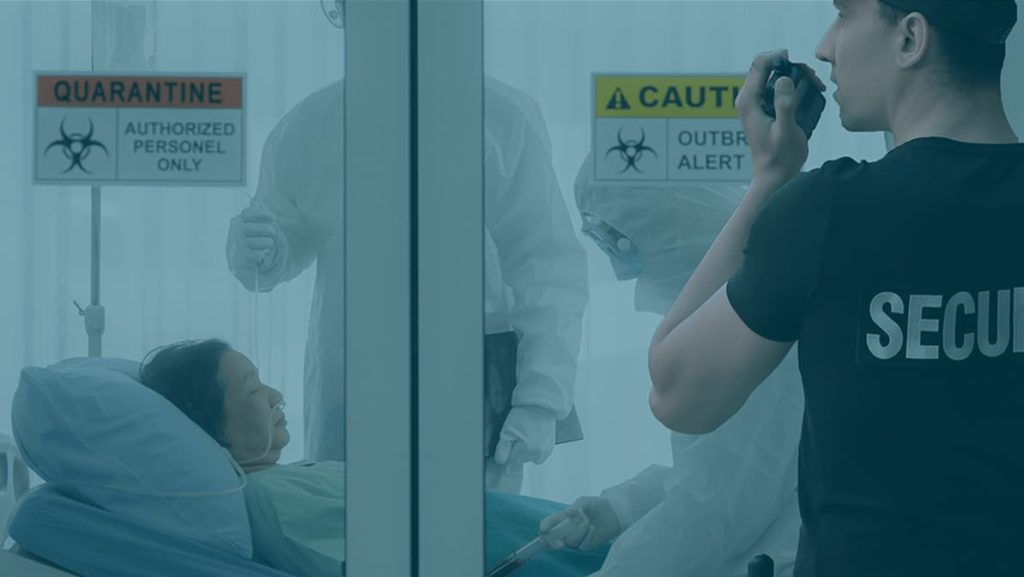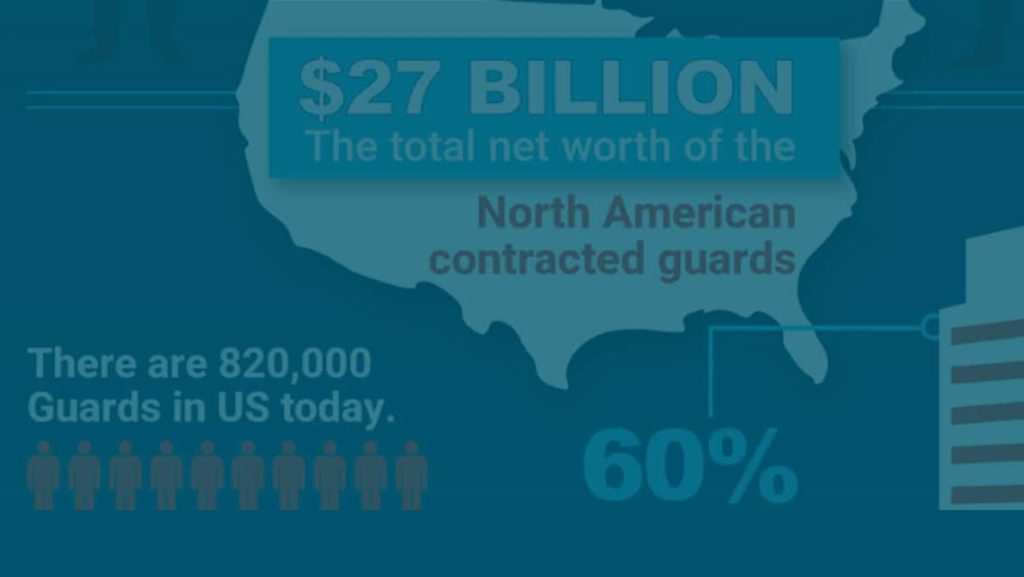It’s difficult to believe that just over two years have passed since the official start of the pandemic. Now, the virus seems to be under control, COVID-19 vaccinations are available, people are traveling again, and most businesses have re-opened their doors.
Yet, you could say that we still are living in extraordinary times. The way that many businesses operated pre-COVID is not the same way that most are operating today. Enormous challenges still exist in our post-COVID world, especially with securing facilities and ensuring the health and safety of employees, guests, and vendors.
In the past, on a typical day, security guards were focused on access control, ID management, potential and real threats, and excellent customer service. Those concerns and responsibilities remain. However, in a post-COVID world, how those responsibilities are carried out has drastically changed.
The COVID-19 pandemic has created pandemic safety and security guidelines and a new security perimeter. What is it and what role do security guards play in securing it?
New Security, New Perimeter
Pre-COVID, perimeter security typically started in the lobby. Security guards would often see hundreds of employees, customers, vendors, and more moving through a facility’s lobby each day. Those individuals would need to be vetted or screened, need assistance with entry to elevators and upper levels, or need directions to a particular office building.
Post-COVID, those lobbies look a lot different. While an ID check could take place at a welcome desk in the lobby, an elevator door, a loading dock, or other area, in many facilities, the new security perimeter has moved. It’s now likely that facilities have maintained a safety perimeter outside of the facility or directly at the facility’s door.
Some companies have even set up screening at a facility’s gates, far from the entrance. New screening and access control procedures may also incorporate temperature checks, mask checks, and ensuring social distancing rules — even in a post-COVID world.
A new security perimeter now means that security guards must find new ways to interact and communicate with individuals who want to gain access to spaces without physical intervention.
Updated Guard Training Procedures
When communicating new commercial perimeter security systems to stakeholders, it’s important to note that typical security guard training can include pre-COVID safety and security services. Due to unique COVID-19 security threats, the expectations for physical security during the pandemic are undeniably different.
But different can also be good. Security guards can take a proactive role in implementing new security technologies and new protocols. Incorporating the latest perimeter security solutions is a much easier task with technology on their side.
For example, new smartphone applications, including new software, can help make it easier to take temperature checks, to track, to trace employees or visitors, and to apply social distancing protocols.
Even more, training to secure the new perimeter can be easier and cost-effective with virtual training tools and classes. In many cases, guard training can be done online with follow-up instruction done in-person.
Increased Importance on Experience
Pre-COVID, security guards were often the first line of interaction that a business had with its customers. They were responsible for another function aside from enforcing safety: helping customers with whatever they needed. That has not changed. Due to a new perimeter and COVID-19 safety regulations, customer service just looks a little different.
In these settings and these times, security guards who set and then and communicate the new perimeter can help to mitigate any frustrations from employees who may not understand why they need to be vetted outside of normal areas.
There’s also an opportunity to focus on staff experiences and improved engagement – so that when offices are fully staffed – whatever “fully staffed” may mean – employees, visitors, and guests will continue to see a knowledgeable and well-trained security team that can address their post-pandemic security and safety needs.
To say that COVID-19 has been tough would be putting it lightly – for many businesses, it represents the greatest challenge they’ve ever faced. The new security perimeter and way of screening employees, visitors, and vendors is difficult, but not insurmountable.


